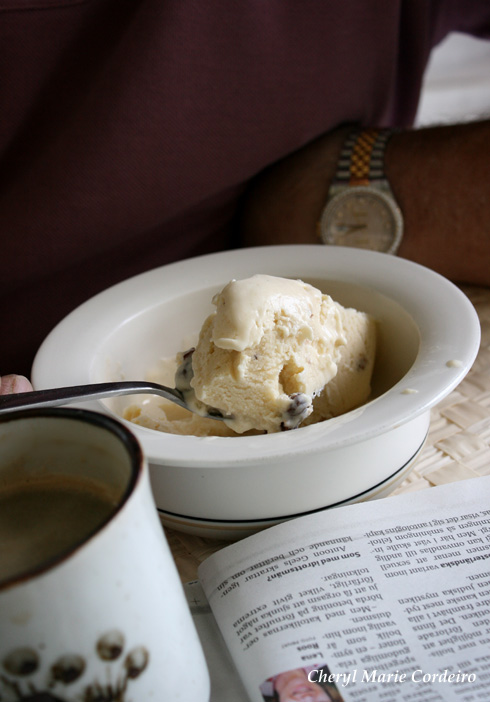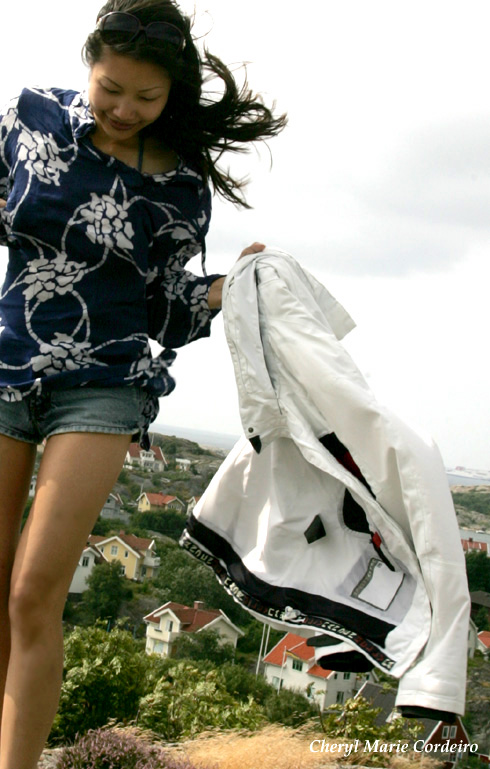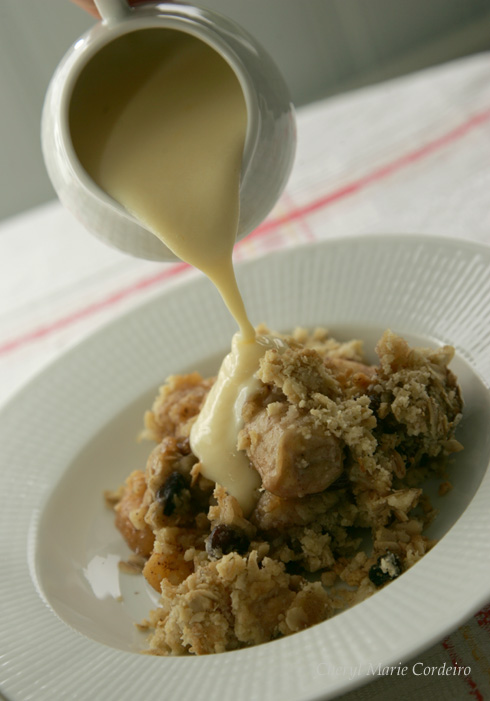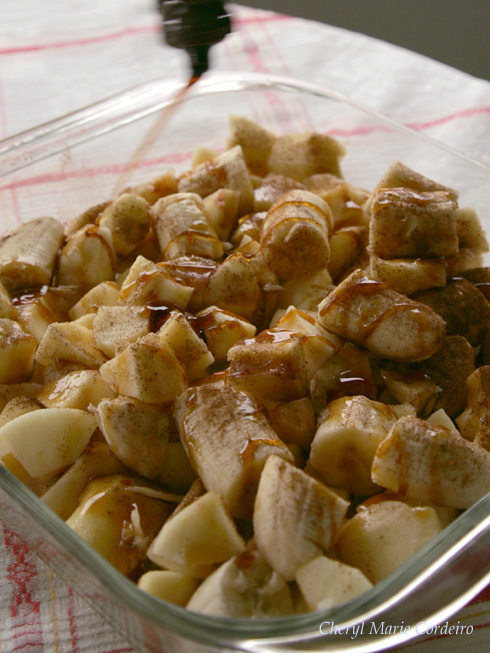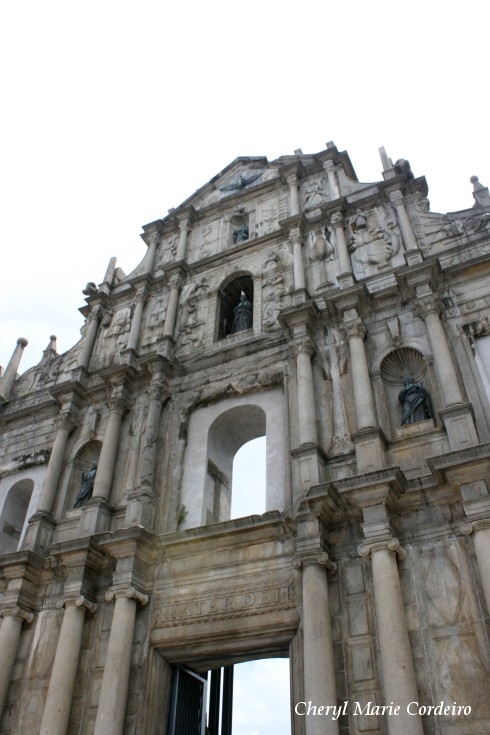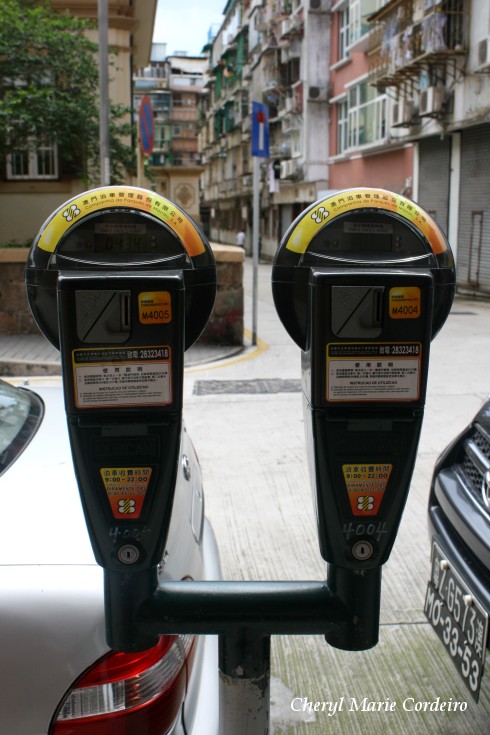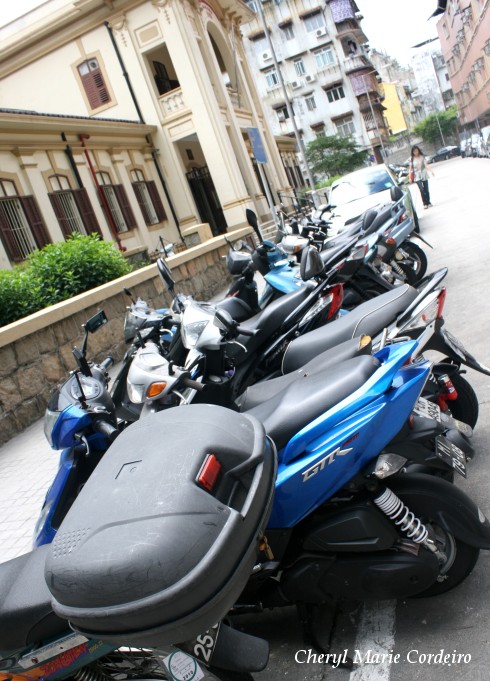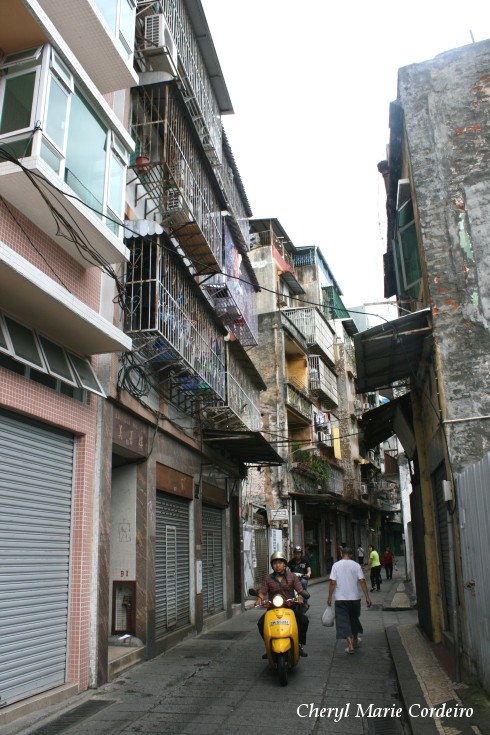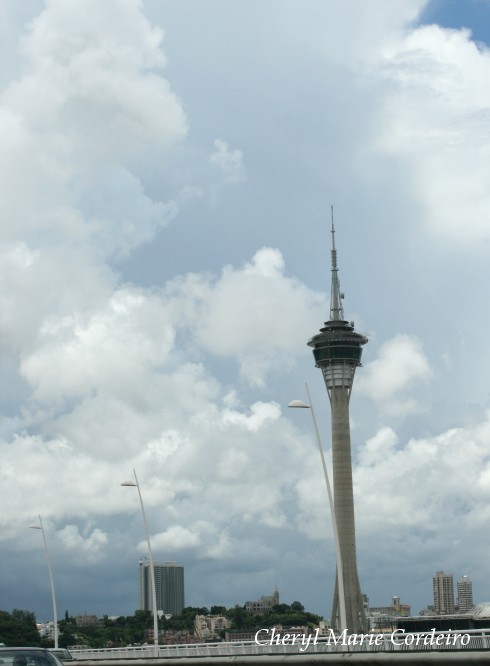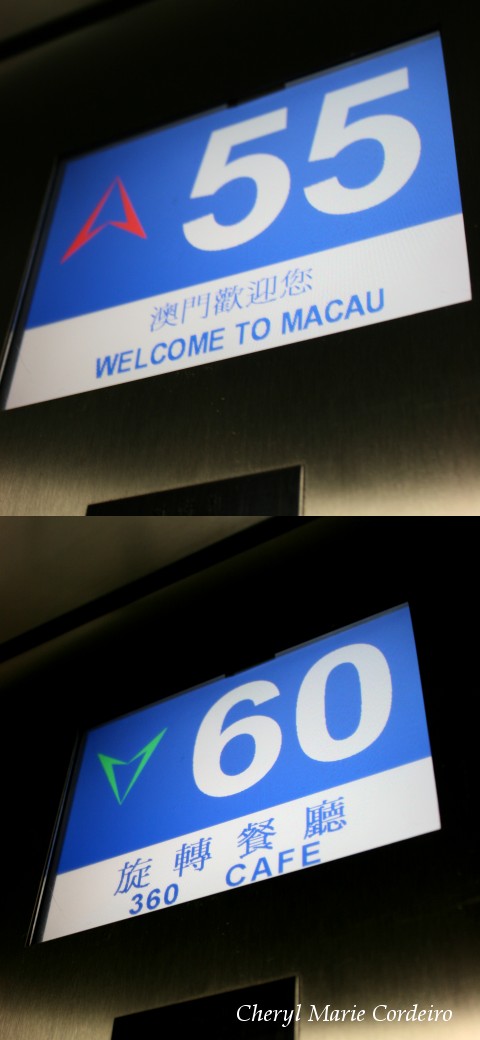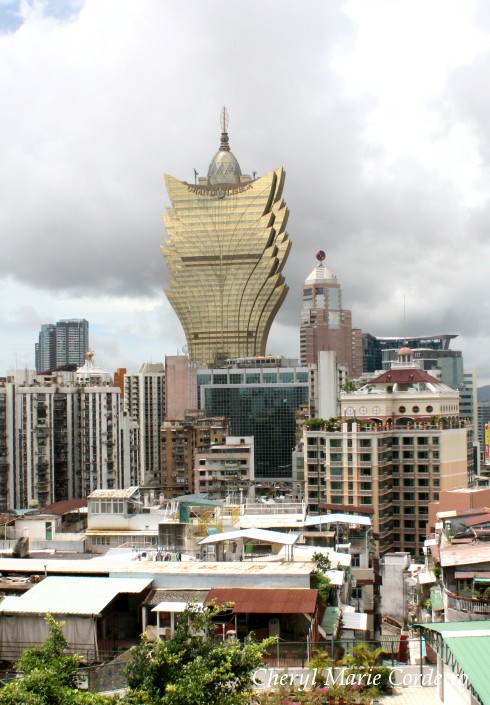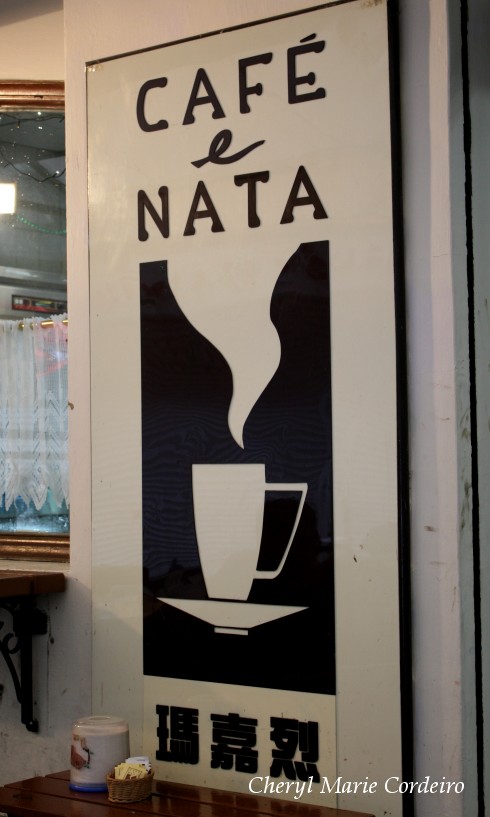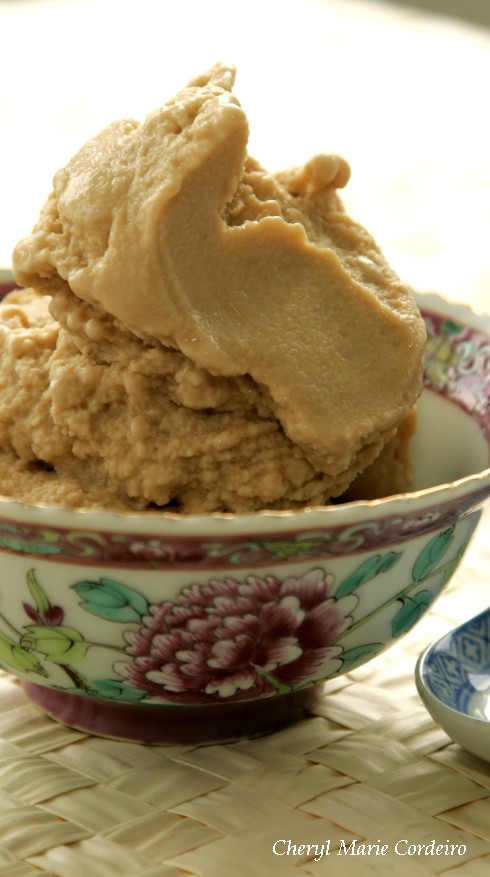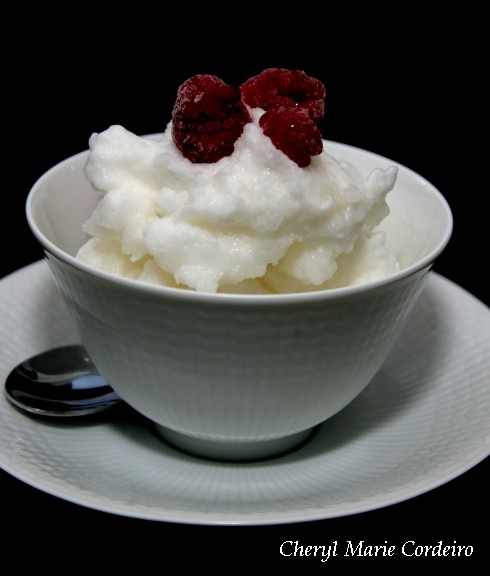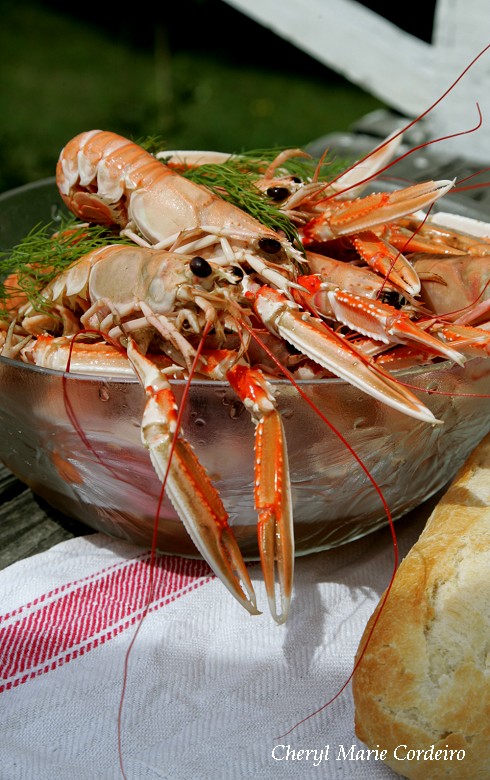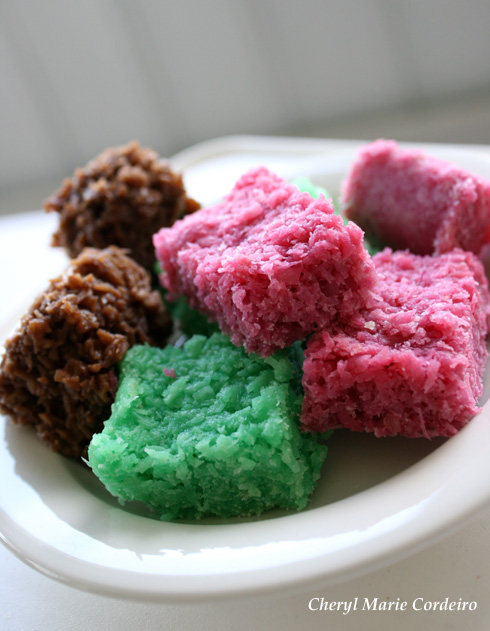
Variations of coconut candy – mocha, pandan and a traditional version in pink.
Photo © J E Nilsson and C M Cordeiro-Nilsson for CMC 2010
While difficult to find in Singapore these days, homemade Coconut Candy packed and sold at small grocery shops cost about 10 Singapore cents for about 4-6 pieces during the 1970s.
This candy is popular in Asia and Southeast-Asia, and can be found in variations from India, Vietnam, Malaysia and Singapore. The ones that I tended to purchase when young and subsequently became my favourite, came mostly from Indian convenience stores.
Continue reading “Variations of the Coconut Candy”

